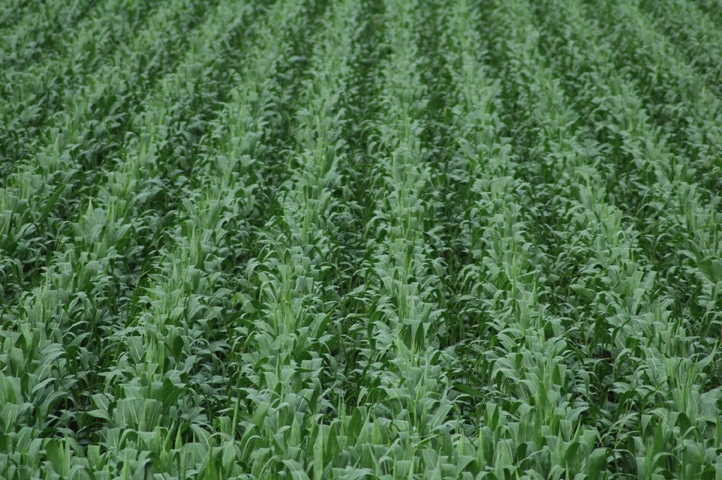February 6, 2017

During the next few weeks, many farm operators will be finalizing their crop insurance decisions for the 2017 crop year. March 15 is the deadline to purchase crop insurance for the 2017 crop year. Profit margins for crop production this year remain very tight, which makes the 2017 crop insurance decisions even more critical.
Producers have several crop insurance policy options to choose from, including yield protection (YP) policies and revenue protection (RP and RPE) policies, as well as other group insurance policy options. There are also decisions with using “enterprise units” versus “optional units”, and whether or not to take advantage of the “trend adjusted” APH yields for 2017.
Yield Protection (YP) insurance policy options provide for “yield only” insurance protection, based on historic actual production history (APH) yields on a given farm unit. YP prices are based on average Chicago Board of Trade (CBOT) prices for December corn futures and November soybean futures during the month of February, similar to revenue insurance products. Producers can purchase YP insurance coverage levels from 50 percent to 85 percent, and losses are paid if actual corn or soybean yields on a farm unit fall below the yield guarantees.
Revenue Protection (RP) insurance policy options provide for a guaranteed minimum dollars of gross revenue per acre (yield x price), based on yield history (APH) and the average CBOT prices for December corn futures and November soybean futures during the month of February.
The revenue guarantee is increased for final insurance calculations, if average CBOT prices during the month of October are higher than the February CBOT prices.
Producers purchase RP insurance coverage levels from 50% to 85%, and losses are paid if the final crop revenue falls below the revenue guarantee. The final crop revenue is the actual yield on a farm unit times the CBOT December corn futures price and November soybean futures price during the month of October.
The Revenue Protection with Harvest Price Exclusion (RPE) policy options function the same as RP policies, except RPE policies have a minimum revenue guarantee (yield and price) that is fixed, based on the February CBOT corn and soybean prices, and can not be increased later.
As of Feb. 6, the 2017 estimated crop prices in the upper Midwest for YP, RP, and RPE policies were $3.95 per bushel for corn, $10.13 per bushel for soybeans, and $5.62 per bushel for spring wheat. 2017 YP prices and RP base prices will be finalized on March 1.
Many producers in the Upper Midwest have been able to significantly enhance their insurance protection in recent years by utilizing the trend-adjusted yield (TA-APH) endorsement, with only slightly higher premium costs. The APH yield exclusion (YE) option allows specific years with low production to be dropped from crop insurance APH yield guarantee calculations.
Several counties in central and northern Minnesota are eligible for YE for corn and soybeans in some of the past ten years. For information on which counties, crops, and years are eligible for YE, go the RMA web site at: http://www.rma.usda.gov/
Given the tight profit margins for crop production in 2017, some producers may have a tendency to reduce their crop insurance coverage, in order to save a few dollars per acre in premium costs. However, a producer must first ask the question: “How much financial risk can I handle if there are greatly reduced crop yields due to potential weather problems in 2017, and/or lower than expected crop prices ?” RP crop insurance policies serve as an excellent risk management tool for these situations, and 2017 may not be the year to reduce insurance coverage.
In recent years, many Midwest corn and soybean producers have been utilizing a minimum of 80 percent RP coverage with “enterprise units”; however, 2017 may be the time to consider upgrading to the 85 percent coverage level. In many cases, the 85 percent coverage level offers considerably more protection, with only a modest increase in premium costs. Many producers will be able to guarantee near $550.00 to $650.00 per acre for corn, and near $350 to $450 per acre for soybeans at the 85 percent coverage level in 2017, especially when also utilizing trend-adjusted APH yields.
A reputable crop insurance agent is the best source of information to find out more details of the various coverage plans, to learn more about the TA-APH yield endorsement, to get premium quotes, and to help finalize 2017 crop insurance decisions. Following are also some very good web sites with crop insurance information :
-- University of Illinois FarmDoc : http://www.farmdoc.illinois.edu/cropins/index.as
-- USDA Risk Management Agency (RMA) : http://www.rma.usda.gov/
About the Author(s)
You May Also Like






